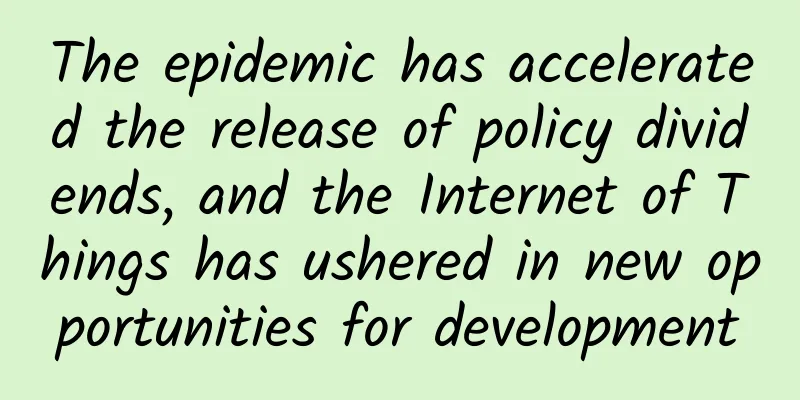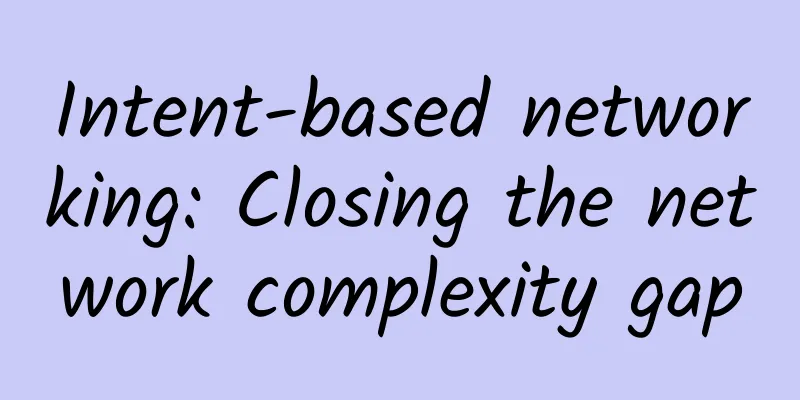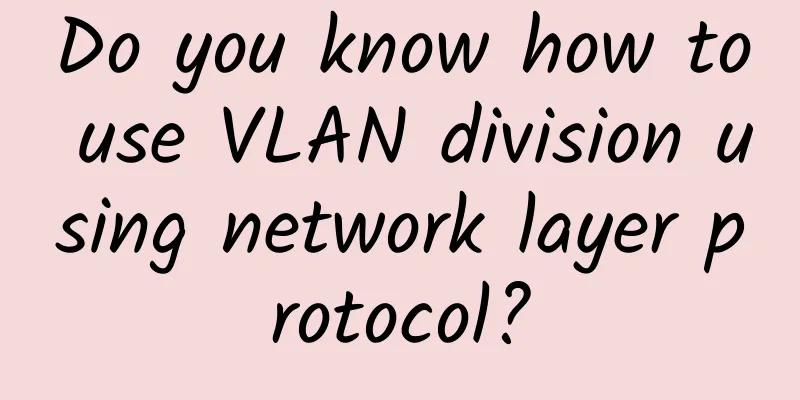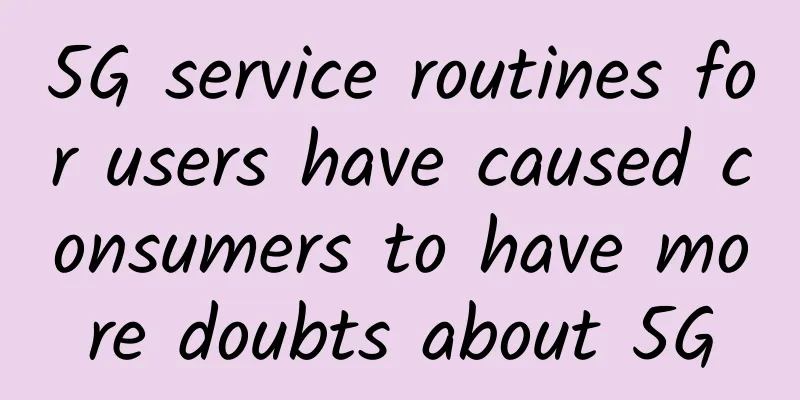5G empowers the IoT ecosystem, and co-creation of solutions is the key
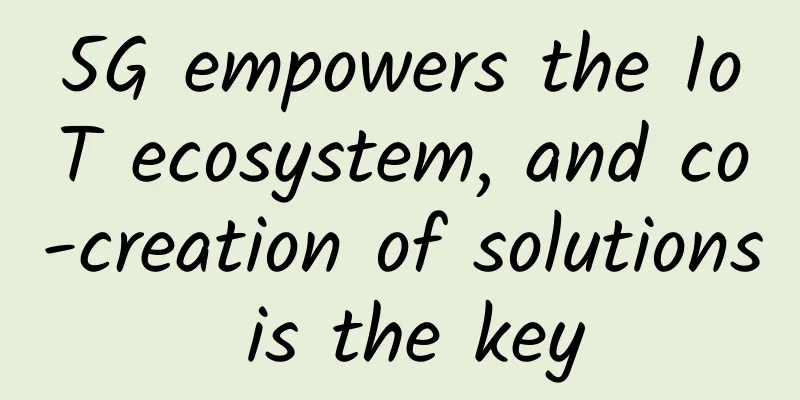
|
In addition to vendors working more closely with vertical industries, complex tasks will continue to require the interaction of AI and human dexterity. 5G is ushering in a new era of consumer and business use cases, from augmented reality and cloud gaming to simply replacing wired broadband with wireless connectivity. However, many of these new use cases, such as critical Internet of Things (IoT) and Industry 4.0 support, require ultra-low latency and highly reliable networks that are effectively "always on." Therefore, the current reactive approach to network failures driven by events and alerts is no longer sufficient. Instead, network service continuity powered by artificial intelligence (AI) and machine learning (ML) becomes a necessity. Such network continuity services provide predictive automation and preemptive, actionable insights that automatically locate and remediate network anomalies before they impact overall network performance and potentially business-critical use cases that rely on the network. At this point, many operators understand the need to implement AI and automation tools in their networks to help improve performance and operational efficiency; however, two key elements that often remain overlooked in the discussion: the need for human guidance for AI and automation tools; and the importance of co-creation between vendors and customers. AI and ML alone cannot provide actionable conclusions because they lack an understanding of business goals or technical intent. Instead, these technologies must build on human capabilities and knowledge. Human-guided machine learning leverages AI/ML algorithms and human intelligence to discover knowledge and learn patterns for different tasks, such as resolving anomalies in complex networks. Humans provide guidance, preferences, or feedback, using AI and machine learning to continuously adjust and customize the deterministic rules of the algorithms. Retaining the human element of AI and ML can improve the accuracy of conclusions drawn from data and, according to some users of these technologies, has proven to be twice as effective as self-taught ML and AI. Furthermore, service continuity solutions should be built around the specific pain points of customers. To achieve this, vendors and service providers need to collaborate and co-create use cases so that vendors can generate appropriate algorithms to best meet the service provider’s priority network needs. Service continuity solutions that leverage human-guided AI and ML and are co-created with all stakeholders will deliver significant benefits to operations teams by reducing the time spent identifying and fixing issues, enabling service providers to deliver high levels of service network performance without increasing operations and management staff, even as their networks grow to meet increasing connectivity demands. The intelligent automation and actionable, preemptive insights that network service continuity solutions can provide – fully human-informed and guided – will ensure that 5G helps realize the IoT ecosystem vision of widespread digital transformation across vertical industries. |
<<: Mid-year review: 10 hottest web startups in 2021
Recommend
Say goodbye gracefully - TCP protocol waves four times
Say goodbye gracefully Leaving without saying goo...
WiFi will be replaced in the future, what do you think?
WIFI is really going to be replaced! But it's...
Why is 5G important for the Internet of Things?
The fifth generation of network bandwidth arrives...
RackNerd latest promotion starts at $11.38/year, San Jose/Seattle and other data centers
RackNerd has launched a new promotion for the US ...
Blockchain subverts the underlying architecture of the financial industry and opens a new era of value interconnection
Blockchain is essentially a decentralized databas...
Interview surprise: Why does TCP need a three-way handshake?
The TCP three-way handshake is a classic intervie...
One year later, let’s talk about Open RAN again
[[385310]] This article is reprinted from the WeC...
Edge computing/fog computing and what it means for CDN providers?
CDN is usually a large number of distributed syst...
How to deploy multiple computer rooms? How to synchronize data?
Author: Guo Guanhua, unit: China Mobile Smart Hom...
In the second half of cloud computing, how can operators embrace open source?
[[225474]] Editor's Note In recent years, wit...
DediPath Halloween 50% off all VPS, 1Gbps unlimited traffic starting at $10 per year, 40% off dedicated servers
DediPath has launched a Halloween promotion, offe...
UK 3G networks to end in 2025
British telecom operator Virgin Media O2 (VMO2) h...
Insurance Geek: Lay a solid foundation and take group insurance to the extreme
[51CTO.com original article] As a worker, have &q...
F5: Now is the time for digital transformation
On February 1, 2018, the annual core media commun...
Be careful not to be cheated. I will teach you how to buy a wireless router.
Before the full resumption of work, production an...



